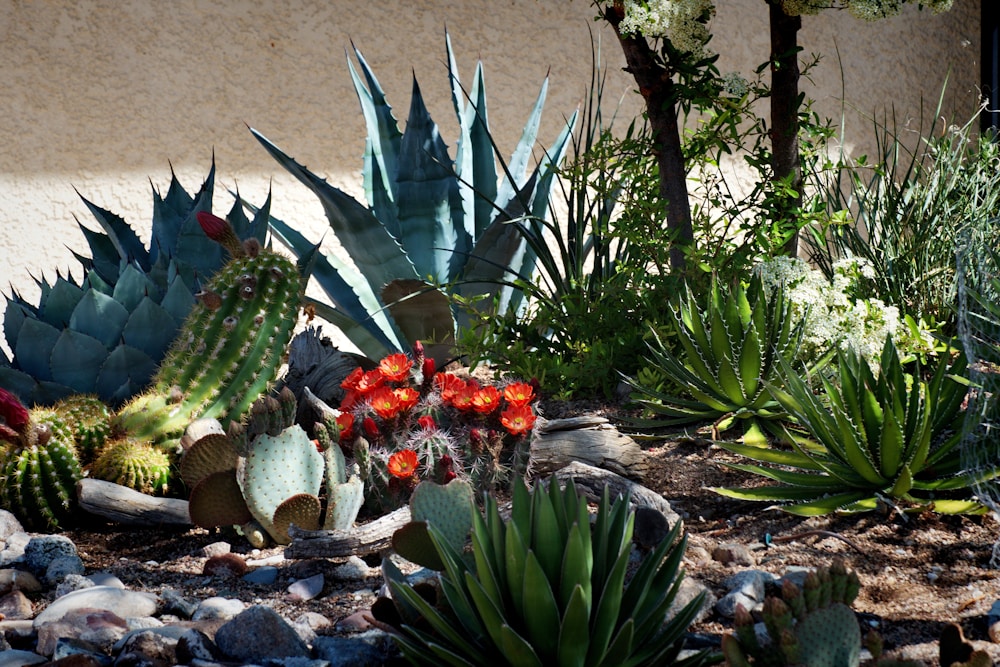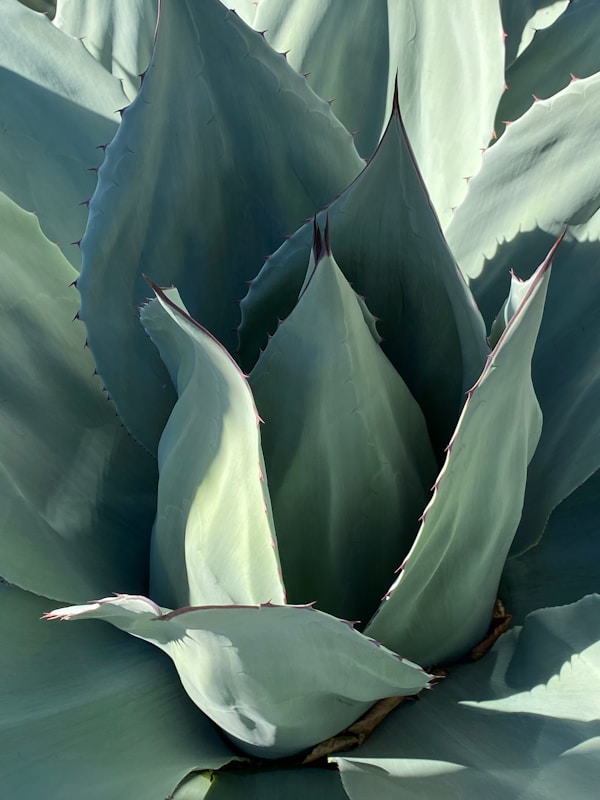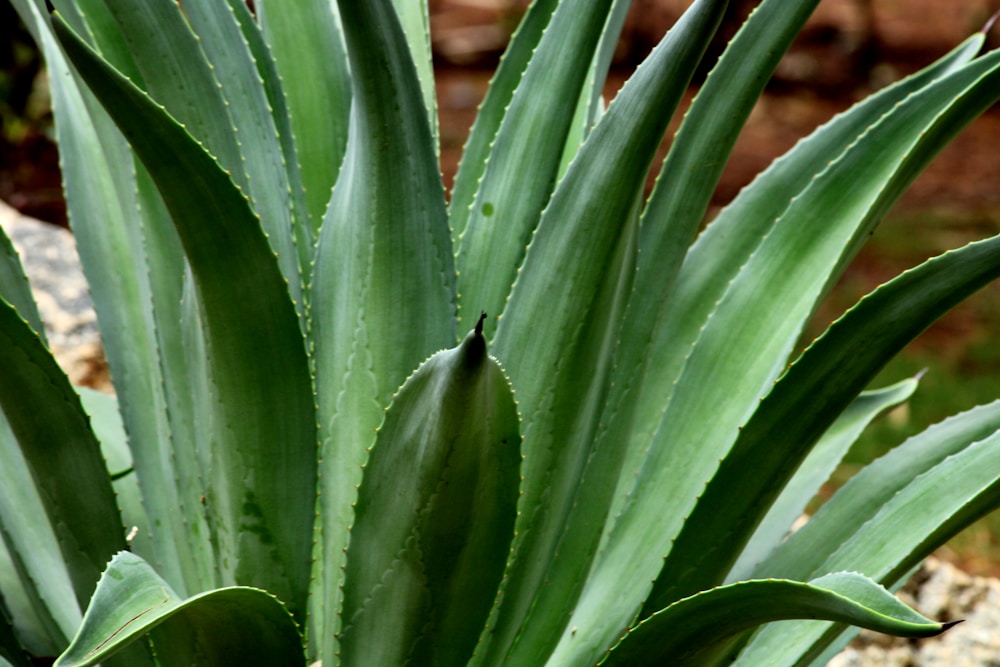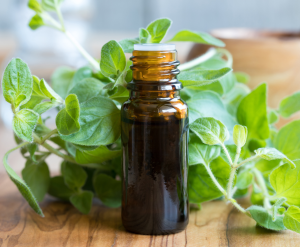Introduction: What is the Century Plant?
The Century Plant (Agave americana), often admired for its dramatic rosette of spiky leaves and towering flower stalk, is more than just an ornamental succulent. Native to arid regions of North and Central America, this resilient plant has a long history of medicinal and practical uses. While it blooms only once in its lifetime, the benefits it offers—from soothing the skin to aiding digestion—can be enjoyed year-round.

Table of Contents
Century Plant Health Benefits
1. Skin Care and Wound Healing
Agave for Skin Soothing
The sap of the Century Plant contains natural anti-inflammatory and antimicrobial properties. Traditionally, it has been used topically to soothe burns, cuts, rashes, and insect bites.
How It Works
The plant’s sap is rich in saponins and fructans, compounds known for reducing irritation and promoting wound healing. Its cooling effect makes it a natural remedy for sunburn and minor abrasions.
Tip:
Always do a patch test before applying it’s sap directly to the skin.
2. Digestive Support and Gut Health

Natural Digestive Aid
It has been used as a traditional digestive tonic. It stimulates bile production, supports regular bowel movements, and helps relieve occasional constipation.
Prebiotic Properties
The plant contains inulin—a type of prebiotic fiber that feeds beneficial gut bacteria. Inulin supports healthy digestion, enhances nutrient absorption, and boosts immune function.
How to Use It
Small amounts of it’s syrup (not raw sap) may be used in teas or tonics. However, it must be processed safely to avoid toxicity.
3. Immune System Support
Rich in Antioxidants
It’s leaves and sap contain antioxidant compounds that may help neutralize harmful free radicals in the body.
Why It Matters
By reducing oxidative stress, these antioxidants support the body’s natural defenses and may contribute to long-term wellness.
4. Anti-Inflammatory Benefits
Relieves Inflammation Naturally
The anti-inflammatory compounds in it’s sap make it useful for reducing swelling and pain associated with conditions like arthritis and sore muscles.
Topical and Internal Use
While its topical application is more common, some traditional practices include internal use—though this must be guided by experienced herbalists due to the plant’s potency.
Is Century Plant Safe to Use?
Know the Risks

While the health benefits are promising, it’s important to approach this plant with caution. Raw sap can be irritating to skin and mucous membranes if used improperly. Ingesting large quantities may lead to nausea or diarrhea.
Best Practices
- Use commercially processed agave products when possible.
- Consult a healthcare provider before internal use.
- Avoid during pregnancy or breastfeeding.
Other Traditional Uses of the Century Plant
Natural Fiber Source
The leaves of this plant have historically been used to produce strong fibers for ropes and mats.
Food and Beverage Ingredient
Processed Century Plant (especially Agave tequilana) is used in the production of agave nectar and tequila. Agave syrup, in moderation, is a popular sweetener alternative.
How to Grow Century Plant at Home
Low-Maintenance Medicinal Plant
This plant thrive in full sun and well-drained soil. Once established, they are highly drought-resistant and require minimal care.
Growing Tips
- Plant in a spacious outdoor area due to its size.
- Avoid overwatering to prevent root rot.
- Wear gloves when handling due to sharp leaf tips.
Conclusion: Is Century Plant Right for You?

This plant is a remarkable blend of natural beauty and therapeutic potential. From promoting healthy skin to aiding digestion and supporting immune health, this agave species deserves a spot in the spotlight. However, like all powerful plants, it must be used wisely and respectfully.
Whether you’re exploring herbal remedies, expanding your succulent garden, or simply curious about ancient medicinal plants, this plant offers timeless benefits that are worth your attention.
Call to Action
Ready to experience the benefits of the Century Plant? Start by incorporating processed agave products into your wellness routine or consider growing this low-maintenance plant in your garden. Want more insights into medicinal plants? Explore other healing herbs on The Planttube Blog or check out reliable resources like the National Center for Complementary and Integrative Health (NCCIH).
Frequently Asked Questions
Is This Plant the Same as Aloe Vera?
No. While both are succulents with skin-healing properties, Aloe Vera is from the Aloe genus, while this plant is from the Agave genus.
Can I eat raw Century Plant sap?
No. Raw sap can be toxic or irritating. Only processed forms like agave syrup are safe for consumption.
How long does it take For This Plant to bloom?
Despite its name, it typically blooms once after 10 to 30 years, depending on climate and care.








